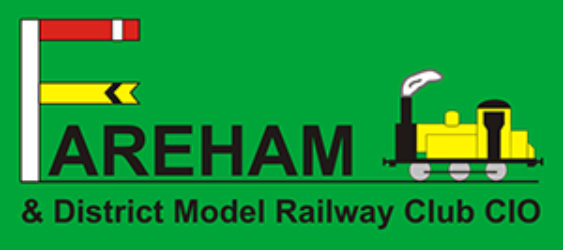Model railways are a delightful and fascinating hobby that allows enthusiasts to create tiny railway worlds brimming with trains, landscapes, and intricate details. However, like any hobby, there are costs involved and, as any railway modeller will tell you, the costs will creep up on you over time! So it is crucial to make sure you plan ahead. This blog post will delve into the various expenses associated with building a model railway in the UK. Whether you’re a beginner or a seasoned builder, understanding the different types of setups and their corresponding costs will help you plan and budget accordingly.
1. Starter Sets – Affordable Entry Point
For those new to the hobby, starter sets offer an accessible introduction to model railways. These sets usually include a locomotive, rolling stock, track sections, and a basic controller. Prices for starter sets can range from around £50 to £200, depending on the brand, scale, and features included. While starter sets provide a cost-effective way to begin, remember that they often have limited features and may require additional purchases to expand your layout.
2. Basic Analogue Setup – Expanding Your Railway
As you progress and wish to expand your railway, transitioning to a basic analogue setup is typical. This entails investing in additional track sections, points/turnouts, extra locomotives and rolling stock. The cost of expanding a basic analogue design can vary widely depending on the scale and complexity of the layout. A modest expansion may cost around £100 to £300, including the purchase of new track sections and a few additional train cars.
3. Digital Command Control (DCC) – Enhanced Realism and Control
Many model railway enthusiasts upgrade to DCC, which offers enhanced realism and control over individual locomotives. DCC systems can be more expensive, ranging from £100 to £500 for a basic setup, including a command station, decoders, and a digital controller. Additionally, additional costs may be incurred by DCC-ready locomotives or retrofitting existing models with DCC decoders. Despite the initial investment, DCC provides added functionality, such as independent locomotive control, sound effects, and advanced automation capabilities.
4. Scale and Quality Considerations – Premium Models and Detailing
Model railways offer a wide range of scales, from the popular OO gauge to larger scales like O gauge or N gauge for space-constrained layouts. Premium models, often with intricate detailing and high-quality construction, can come with a higher price tag. Prices for locomotives and rolling stock can range from £50 to several hundred pounds, depending on the scale, brand, and level of detail. Hobbyists who value authenticity and fine craftsmanship may invest more in premium models to enhance their layouts’ overall visual appeal and realism.
5. Accessories, Scenery, and Electrics – Creating a Stunning Environment
Creating a captivating model railway involves attention to detail, scenery, and electrical components. Costs for accessories like buildings, figures, vehicles, and scenic materials can vary depending on the brand, scale, and level of realism desired. Electrics, such as lighting systems, signals, and point motors, are additional expenses that contribute to your layout’s overall ambience and functionality. Budgeting for these elements is vital to bring your miniature world to life, and costs can vary greatly depending on the size and complexity of your setup.
6. Workbench Tools and Maintenance – Long-term Investment
Lastly, it’s essential to consider the costs associated with workbench tools and ongoing maintenance. Tools such as track cleaning devices, soldering irons, and paintbrushes are necessary for construction and maintenance tasks. Additionally, budgeting for maintenance items like lubricants, replacement parts, and track cleaning supplies ensures the smooth operation of your model railway over time.
Building a model railway in the UK can be a rewarding and fulfilling hobby, but it’s essential to be mindful of the costs involved. From affordable starter sets to more advanced DCC setups, premium models, and scenic materials, the expenses can vary significantly depending on your aspirations and preferences. By understanding the costs associated with different types of setups and planning accordingly, you can confidently embark on your model railway journey, knowing that you are creating a miniature world that brings joy for years to come.
We hope this exploration of the costs associated with model railways has provided you with insight as you embark on your own railway-building adventure. Understanding the various expenses involved is essential for budgeting and planning, ensuring you can create a layout that meets your expectations while staying within your means.
In a future article, we will delve deeper into the costs of a particular layout, offering a practical example that showcases the expenses involved in creating a specific model railway setup. Examining a real-world case study can provide a more comprehensive understanding of how different elements contribute to the overall costs.
Stay tuned for another article, where we will take you on a detailed journey through the expenses of a specific model railway layout. In the meantime, feel free to explore further resources, connect with fellow enthusiasts, and continue honing your skills and knowledge in this captivating hobby.
Building a model railway is not just about the destination; it’s about the joy of the journey. With careful planning, creativity, and a passion for trains, you can create a miniature railway world that brings delight and fulfilment for years to come.

